
Koop KOK met Coinbase Wallet
KOK kan worden verhandeld met Coinbase Wallet, uw sleutel tot de wereld van crypto.
KOK is alleen beschikbaar via Coinbase Wallet. Activa op Coinbase Wallet worden niet bewaard door Coinbase. Voor het gebruik van Coinbase Wallet gelden deze voorwaarden.
Info over KOK
Ontvang tot $ 200 om aan de slag te gaan
Doe uw eerste aankoop en verdien gratis crypto. Er zijn voorwaarden van toepassing.

Som van mediane geschatte besparingen en verdiende beloningen, per gebruiker in 2021 over meerdere Coinbase-programma's (exclusief sweepstakes). Dit bedrag is inclusief vrijstellingen van kosten van Coinbase One (exclusief de abonnementskosten), beloningen van Coinbase Card en staking-beloningen.
Markt
Gerelateerde crypto
KOK calculator
Coinbase Bytes
KOK stijgt deze week.
De prijs van KOK is het afgelopen uur met 1,59% increased en in de afgelopen 24 uur met 0,90% increased. De prijs van KOK is de afgelopen week ook met 16,67% risen. De huidige prijs is US$ 0,0045 per KOK met een 24-uurs handelsvolume van US$ 494,29K. Momenteel wordt KOK gewaardeerd op 99,93% onder het hoogste punt ooit van US$ 6,95. Deze hoogste prijs ooit (ATH) was de hoogste prijs die is betaald voor KOK sinds de lancering.
De huidige circulerende voorraad van KOK is 107.333.422,49 KOK, wat betekent dat KOK een totale marktkapitalisatie van 107.333.422,49 heeft.
Veelgestelde vragen
ENS-profielen ontdekken
Navigeer door de wereld van Ethereum Name Service (ENS-)profielen. Maak contact, leer en communiceer met de web3-gemeenschap op profile.coinbase.com. Bekijk hieronder enkele van de meest populaire ENS-profielen.
Sommige inhoud is opgesteld door derden die niet gelieerd zijn aan Coinbase Inc. of aan een van zijn gelieerde ondernemingen en Coinbase is niet verantwoordelijk voor dergelijke inhoud. Coinbase is niet aansprakelijk voor fouten of vertragingen in de inhoud, of voor acties die worden ondernomen op basis van enige inhoud. Informatie wordt uitsluitend ter informatie verstrekt en is geen beleggingsadvies. Dit is geen aanbeveling om een bepaald digitaal activum te kopen of verkopen of om een bepaalde beleggingsstrategie te hanteren. Coinbase doet geen uitspraak over de nauwkeurigheid, geschiktheid of geldigheid van de verstrekte informatie of voor een bepaald activum. Getoonde prijzen zijn alleen ter illustratie. Werkelijke cryptovalutaprijzen en bijbehorende statistieken kunnen afwijken. De gepresenteerde gegevens kunnen activa weergeven die worden verhandeld op de beurs van Coinbase en geselecteerde andere cryptovaluta-beurzen.







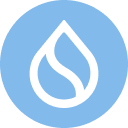

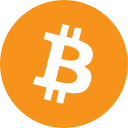
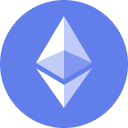
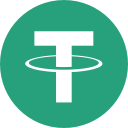
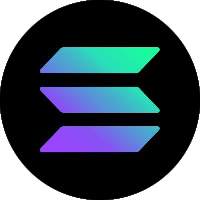
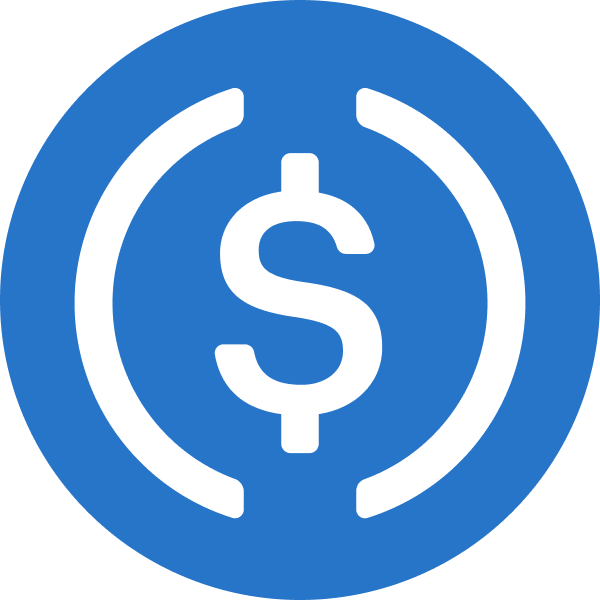

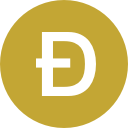




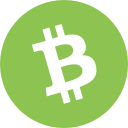













![Offshift [Old]](https://dynamic-assets.coinbase.com/daf6567701bc9a4025e336b2b4a983ff0bcd70236df46154fed4f91e5cf513dc14eab937c0fa918b0605446661694795b00082b8112d3ddf325aa1c9f0530150/asset_icons/1fe83ecc5dd73e0314403cf8183adfd8dea2e57eab88f73bb0871e4632a4bdf7.png)















